Food
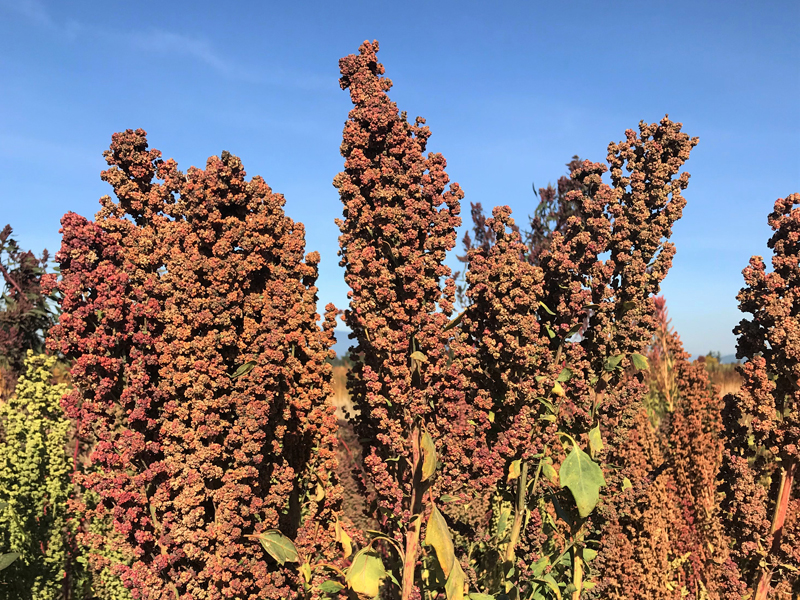
Quinoa is a healthy food many know and love. As its popularity grows, more farmers are interested in planting it. However, the plant doesn’t do well in high temperatures, so plant breeders are trying to help.
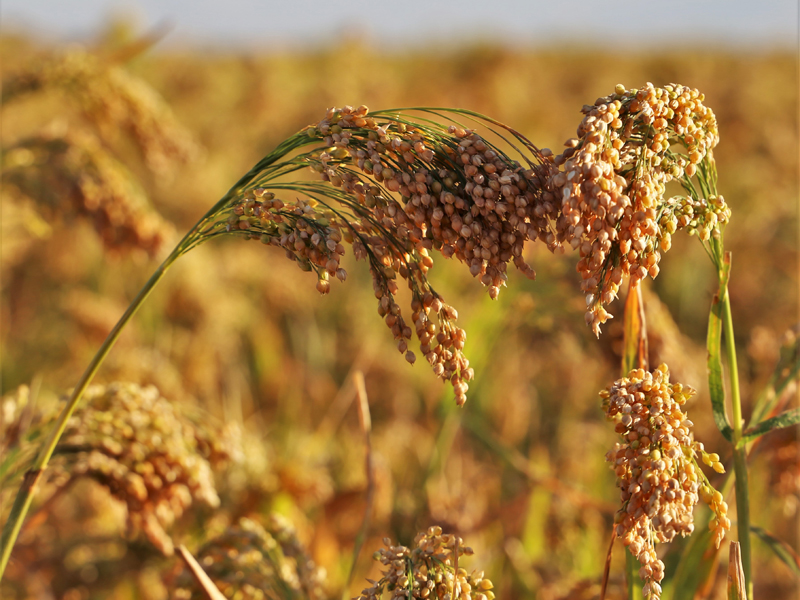
In the semi-arid tropics of Asia and Africa, conditions can be difficult for crops. Plants need to have short growing seasons, survive on poor soils and tolerate environmental stresses.
Enter, the millets.
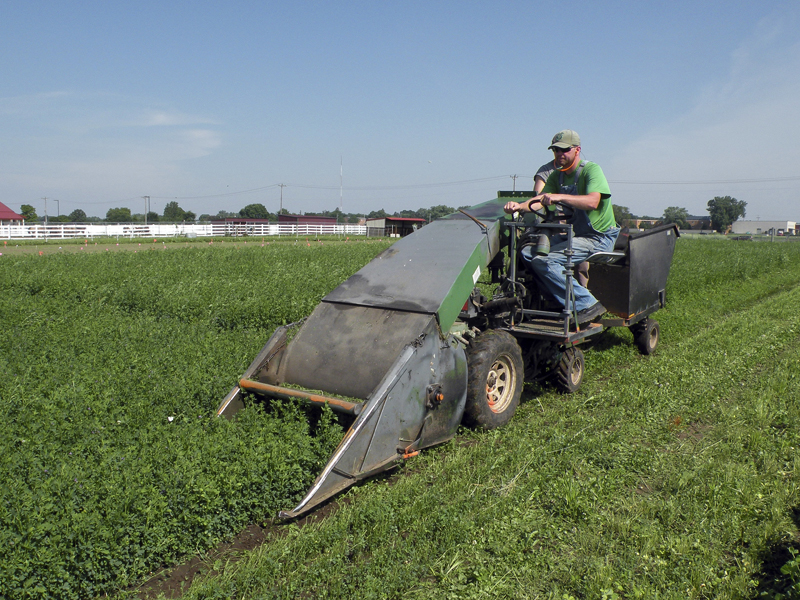
Has anyone ever told you to eat a banana when you have a muscle cramp or eye twitch? That’s because bananas have potassium. Potassium is an important nutrient for humans, and an even more important nutrient when it comes to alfalfa.
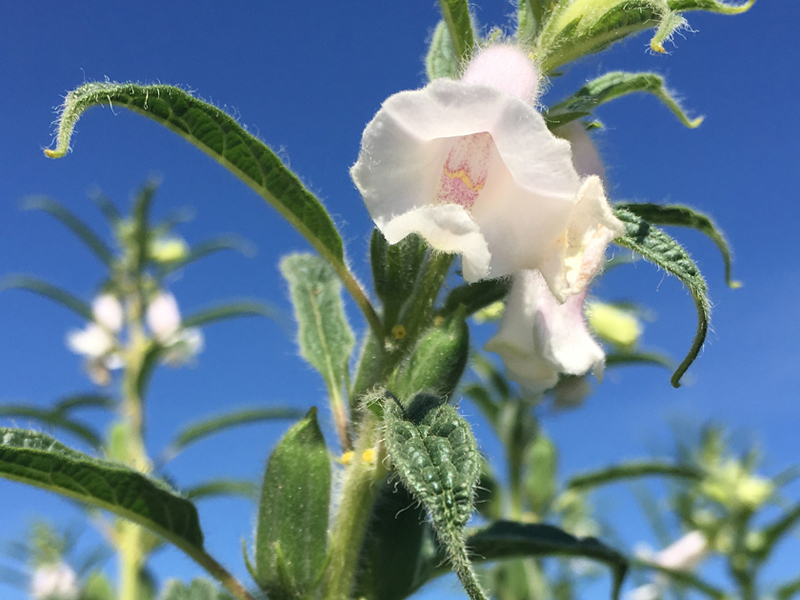
Texas has a long history of growing cotton. It’s a resilient crop, able to withstand big swings in temperature fairly well. However, growing cotton in the same fields year after year can be a bad idea. Nutrients can get depleted. Disease can lurk in the ground during the winter season, only to attack the following year. Thus, rotating cotton with other crops could be a better system.
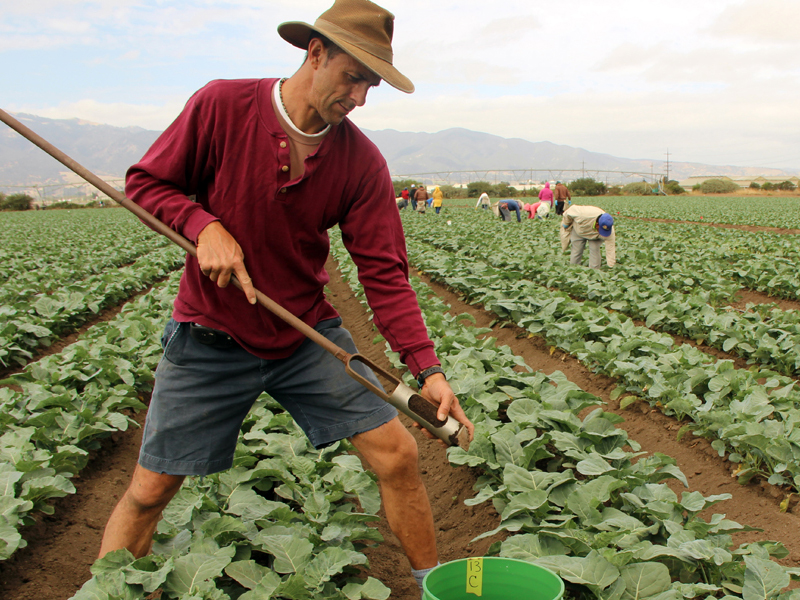
Soil organic matter has long been known to benefit farmers. The carbon in this organic matter acts as a food source for soil microbes, which then provide other nutrients to the crops grown. Microbes, insects and small soil critters produce materials that can improve soil structure and water retention. It’s a healthy ecosystem every farmer wants to encourage.
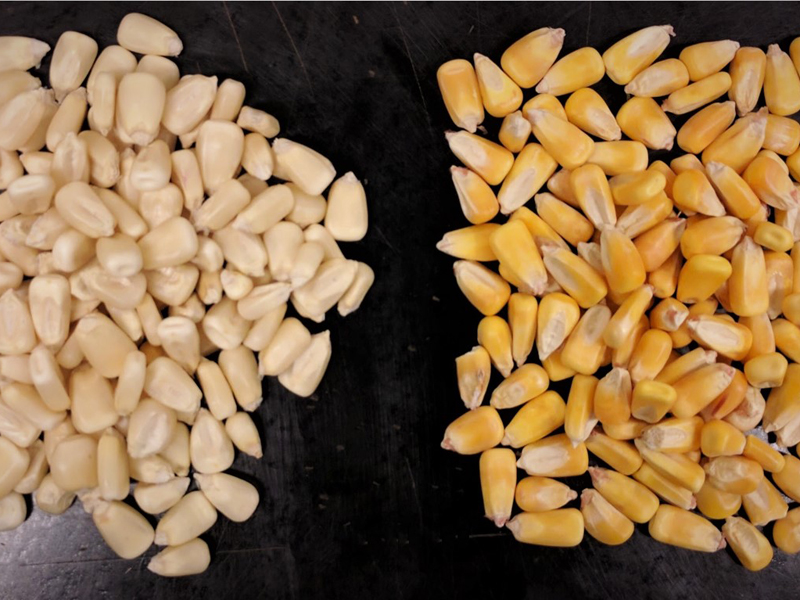
Products we commonly buy at the supermarket, such as tortillas and corn chips, are made from food grade corn. The corn is grown, harvested, bought by a food company, turned into masa (dough from ground corn) through a chemical process, and then made into our favorite products.
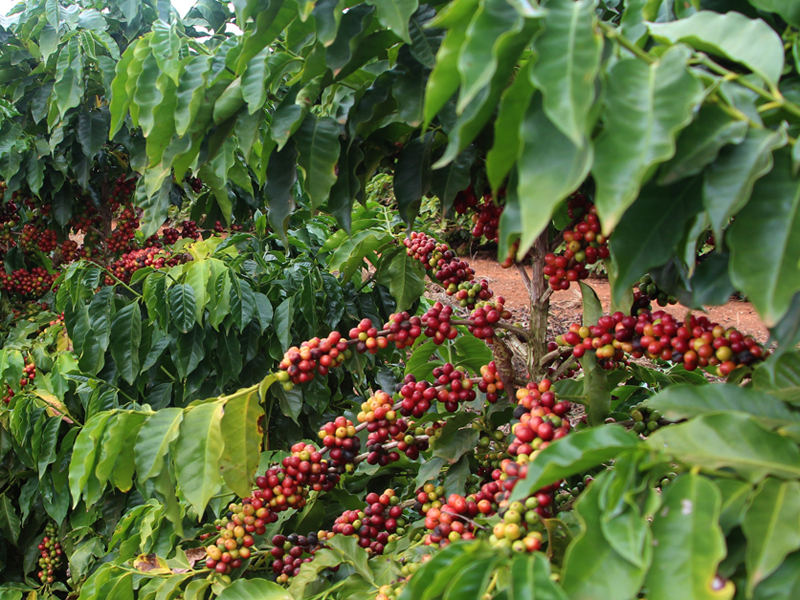
Each day, more than 2 billion cups of coffee are consumed worldwide.

Developing countries produce about 90% of the beans used to make all those lattes, espressos and mochas. That makes coffee a key source of revenue and livelihood for millions of people worldwide.
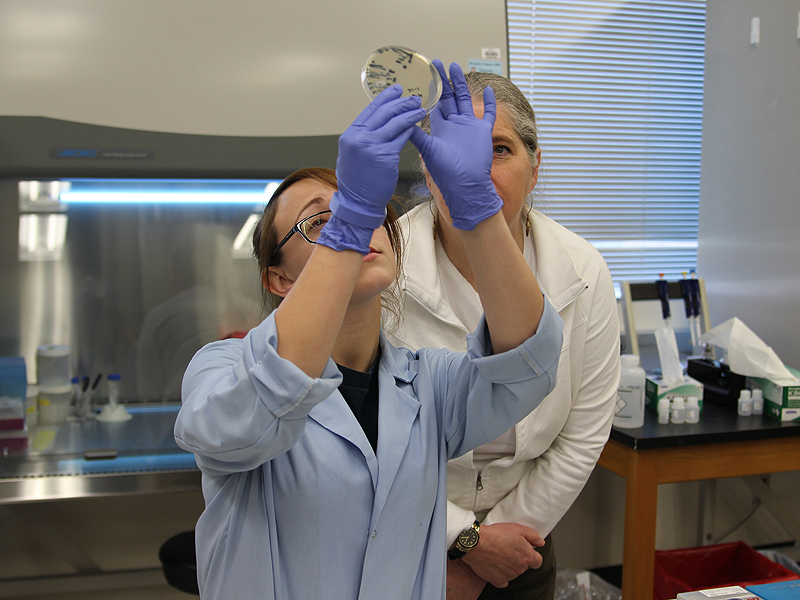
Salads were recently in the news—and off America’s dinner tables—when romaine lettuce was recalled nationwide. Outbreaks of intestinal illness were traced to romaine lettuce contaminated with Escherichia coli (E. coli) bacteria.
These bacteria occur naturally in the intestines of warm-blooded animals. Because crops are grown in the natural environment, E.coli may get into the fields, contaminating produce. The results are potentially deadly for people who eat that produce.
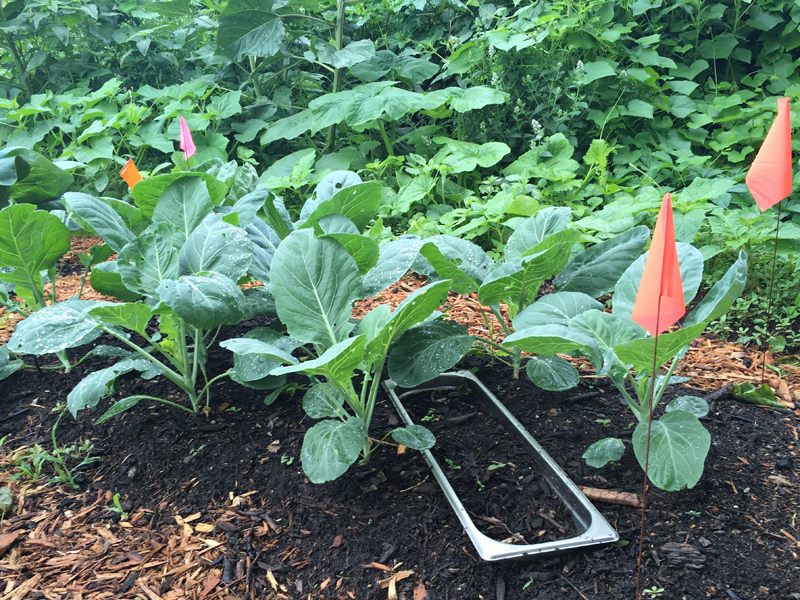
“A healthy community requires healthy soil.” This idea spurred a consortium of researchers, farmers, and community garden practitioners to dive into the challenges—and opportunities—of urban agriculture. Their efforts, now in a second year, may highlight how urban soil can be a resource for human and environmental health.
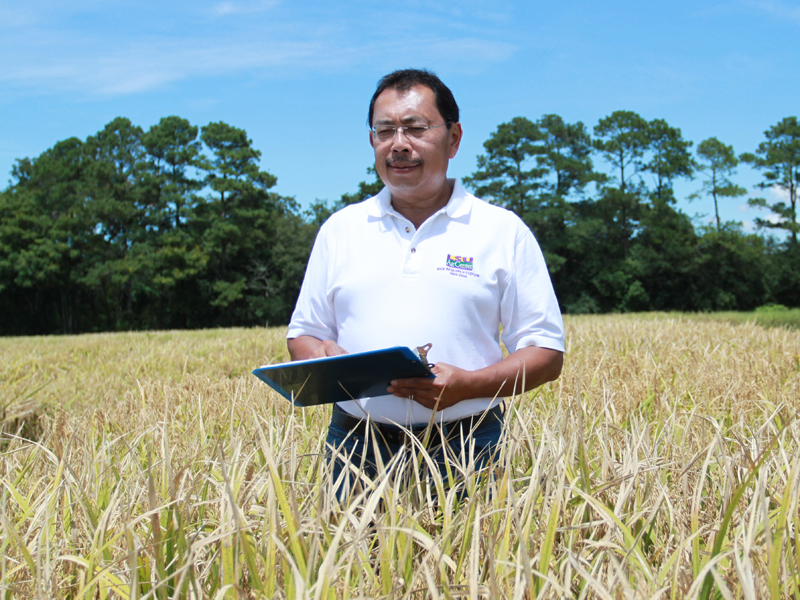
More than 750 million people don’t get enough nutrients from their food. More than two-thirds of those people live in places that consume a lot of rice. Can rice bred for extra protein be the answer?
“There are hundreds of millions of people around the world who depend on rice and eat it three times a day, but their access to protein is very limited by availability and cost,” explains Herry Utomo, a professor at Louisiana State University. “High-protein rice can be used to help solve the worldwide problem across social, cultural, and economic issues.”
